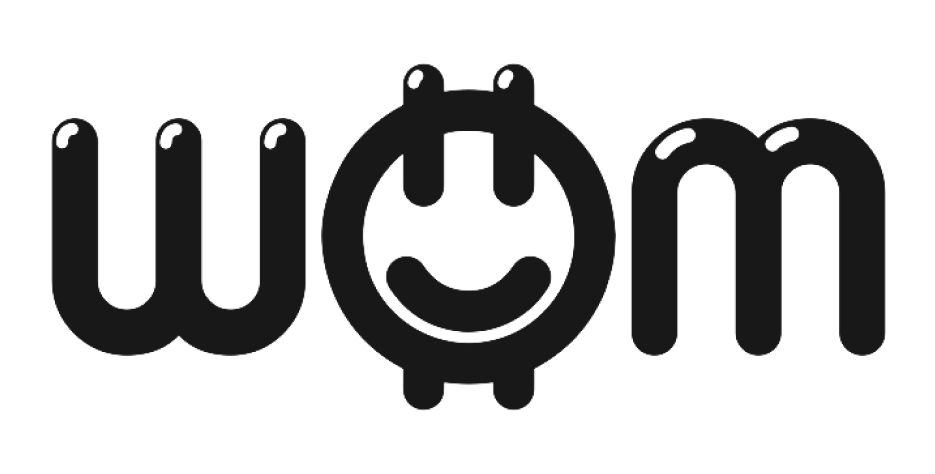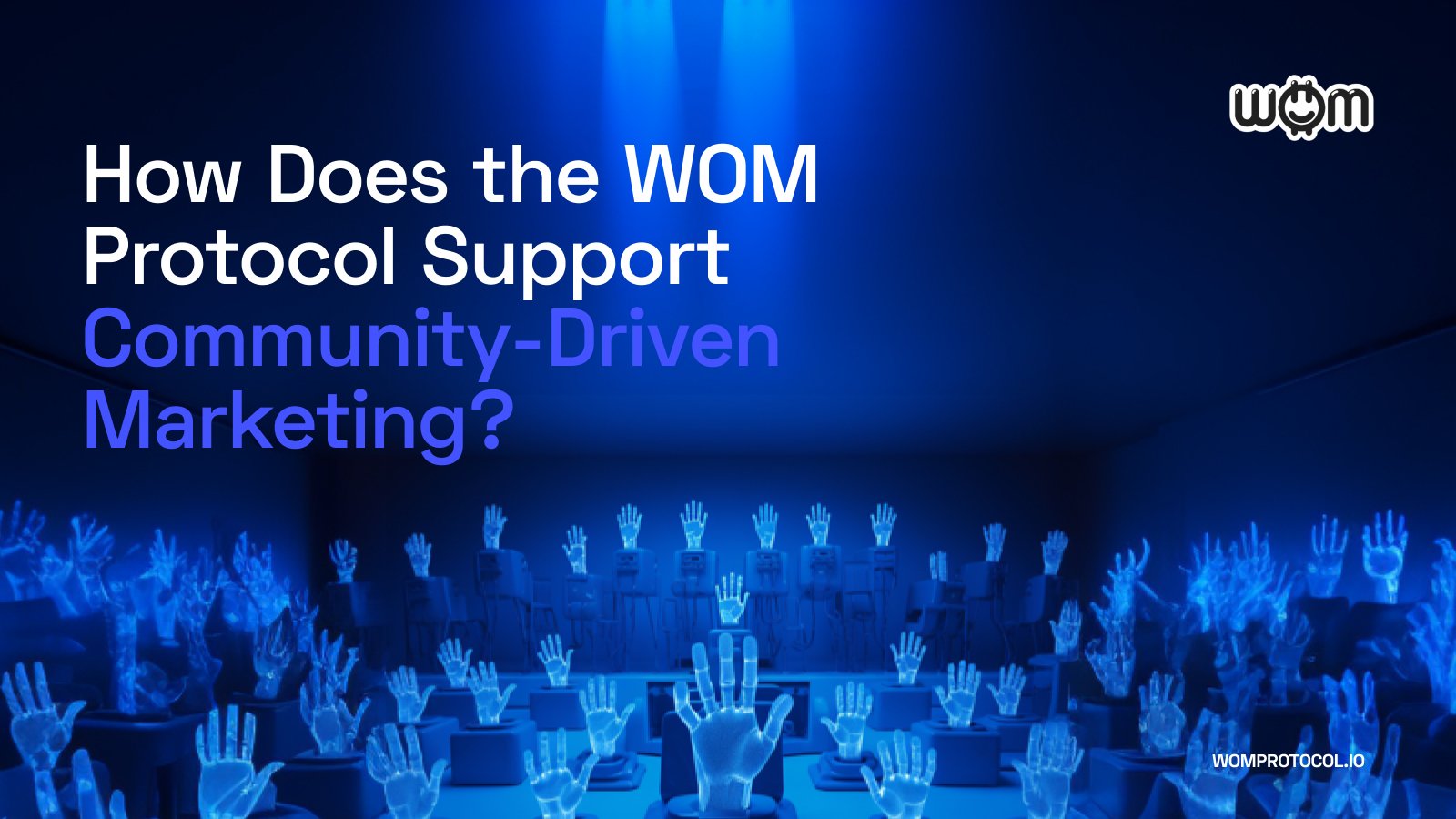How Does the WOM Protocol Support Community-Driven Marketing?
For decades digital marketing integrated new technologies to drive demand generation and customer acquisition, with the one-way goal of getting consumers to buy. We are now seeing a marketing shift as Web3 technologies and tokenization strengthen brand-consumer relationships, by creating the more mutual goal of building communities that “buy in”.
In Web3 the strength of a brand is determined by the engagement and involvement of its community members. For example, if a cryptocurrency has a large and active community of supporters and users, it is more likely to gain wider adoption and be successful in the long term. Blockchain-based reward incentives have given brands a way to align the interests of ALL their marketing stakeholders. When everyone has a chance to not only influence, but monetize a brand’s success, this creates a powerful motivator to be an active part of its community. This is the principle behind the WOM Protocol’s community-driven marketing channel.
From Commerce to Community
In the past marketing was driven by commerce – attracting attention through shiny brand-controlled ads that drive sales – and this worked on purely broadcast channels until social media started turning the tables. As Web2 evolved and brands built their presence across social media, consumers became a bigger part of brand identities and public images.
For the first time consumers had the ability to publicly shout out, shame, and share brand experiences with one another at scale, and to essentially call out false advertising. At first it was a novelty to join a brand’s social media community and consume its content. Getting a tag for contributing valuable user-generated content to a campaign was kudos enough.
Consumers were already becoming a powerful marketing influence on social media, but they had no actual leverage over their attention or their content, because they were never recognized as stakeholders. Neither brands nor consumers ever really owned these relationships anyway, since the data was ultimately controlled by the centralized platforms playing host.
This changed with the arrival of Web3. Unlike traditional Web 2.0 social platforms, where the business model is built on monetizing user data through targeted advertising, Web3 social is built on the principles of privacy and user sovereignty. The key idea behind Web3 social is to give users control over their own data, and to enable them to monetize their content and social interactions without relying on centralized platforms.
As a result the creator economy of amateur enthusiasts, user-generated content creators, and more established influencers has mushroomed as more and more people monetize their relationships with brands. Goldman Sachs Research predicts that the creator economy will be worth half a trillion dollars by 2027 (Goldman Sachs, 2023).
This is extremely significant for brands and advertisers who are now finding increasing opportunities to nurture the creators in their communities through token reward mechanisms, turning them not only into marketers, but stakeholders with a vested interest in the value they bring.
Where WOM Protocol Fits In
The WOM Protocol supports community-driven marketing in several ways:
#1 Enabling Authentic Word-of-Mouth Recommendations
The WOM Protocol runs on top of social content to enable brands to reward content creators with $WOM for creating word-of-mouth marketing videos. Brands can access this content to use it instead of ads. This delivers a more authentic and personalized native content to display on platforms, which in turn leads to a better user experience for consumers.
#2 Aligning the Interests of Stakeholders
This creates a mutually beneficial situation for everyone in the marketing ecosystem, where creators can earn a fair value for their content, brands can find authentic user-generated content, and platforms can deliver a better user experience.
#3 Baking Greater Transparency into Marketing
The use of blockchain technology in the WOM Protocol creates a transparent and secure ecosystem for everyone involved, which can facilitate all the micro-transactions of rewards globally. Content creators maintain control over their content and their earnings, while brands and advertisers have access to a pool of high-quality, authentic content that they can use to engage their audiences.
Building Communities That Buy In
Overall, the WOM Protocol supports community-driven marketing by empowering creators and brands to leverage authentic word-of-mouth recommendations, providing innovative MarTech tools, monetizing content, leveraging community engagement, and embracing community-driven marketing.
Web3 technologies and tokenization are strengthening brand-consumer relationships, because they support the mutual goal of building communities that “buy in” where everyone stands to benefit.
When consumers are recognized and rewarded for their role as stakeholders in brand marketing, and when they maintain ownership of their content and have the ability to monetize it, this has the potential to redefine the future brand-consumer relationship for the better.

